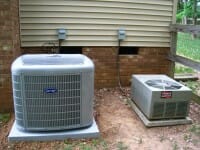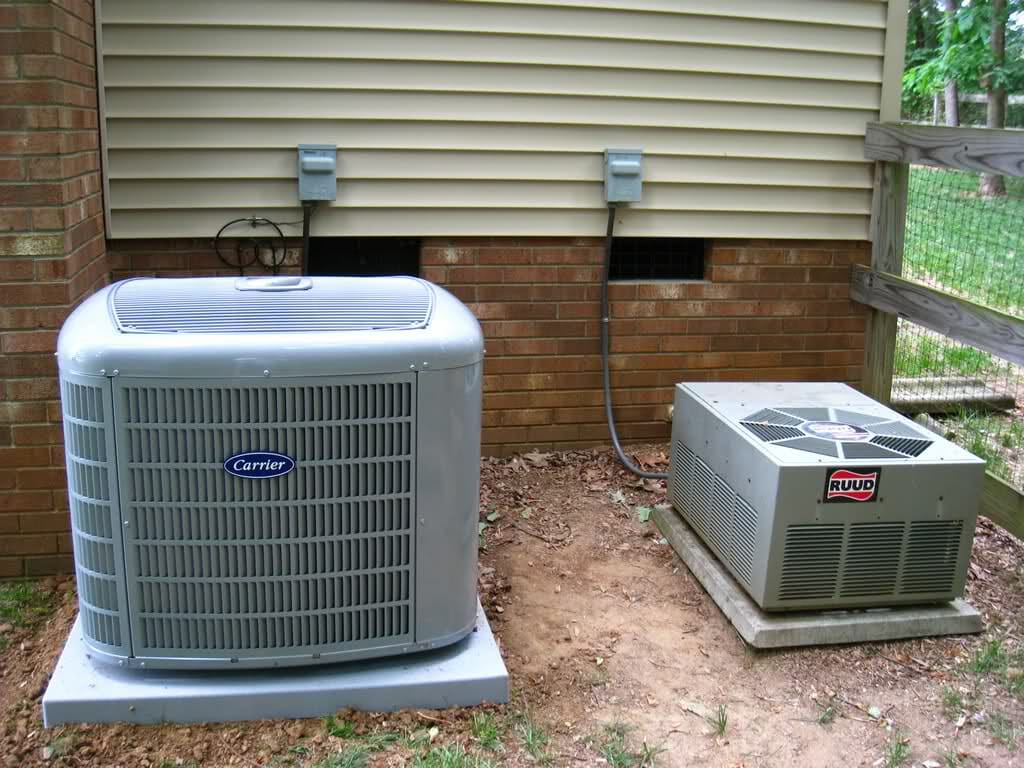Supply chain issues are an unexpected outcome of the COVID-19 pandemic, resulting in a domino effect impacting every industry. How have labor shortages, inflation, and supply chain problems affected your home improvement business?
Supply Chain Issues are Affecting Home Renovations
Most contractors are running into issues because of increasing prices and longer turnaround times for accessing construction materials. In fact, in our survey of over 200 contractors, supply shortages were cited as being the number one issue contractors are facing in 2022. These supply shortage problems also negatively affect homeowners. One of the most notable effects is the higher costs customers are now paying for home renovation services.
As a contractor, your costs are going up, which means that these higher prices must be passed to the homeowners so you can maintain profit margins. Here is a snapshot showing how much inflation and supply chain issues are affecting the cost of renovations and new construction:
- Lumber prices nearly tripled before dropping back down to 10% higher than a year ago.
- Whole construction materials, such as steel, doors, windows, and roofing tiles, are up 22% in a year (regular price increases are about 1% annually)
- Some contractors report that their overall costs are up by as much as 30% compared to a year ago.
Construction materials come from all over the world, and it is taking longer and longer to move these materials from one place to the next. As a result, contractors are running into challenges when it is time to source the needed materials. In addition, it is challenging to maintain a construction schedule when there are 30 – 60 day waiting periods to source materials: appliances, lumber, windows, plumbing fixtures, and more.
Surviving Inflation: How to Minimize the Impact on Your Business
In the current economic climate, business owners must be adaptable and creative in structuring construction timelines and planning to meet customer needs. How will you manage the growing challenges of accessing the materials and labor you need?
Consider these business strategies to help minimize the impact of inflation and the supply chain crisis:
Focus on Homeowner Relationships:
Effective communication is critical so you can focus on building and maintaining homeowner relationships. With the cost of materials rising and causing the increase in home improvement costs, homeowners are tempted to look elsewhere. Customers want to work with an affordable contractor. Building relationships establish value in your services, helping you maintain the contracts.
Manage Expectations and Timelines:
One way to hold on to homeowners is by communicating the status of the situation and always keeping them in the loop. Be upfront about the delays you expect, and let homeowners know that many of these issues are outside your control. Then, be proactive about updates along the way, so homeowners are always aware of the project’s current status.
Look at the Numbers:
It is time to look at your profit margins in these new business conditions. If you are going to survive inflation, you need to be strategic with your revenue streams. Reconfigure your revenue estimate to accommodate inflationary pressures and make necessary adjustments before rising prices.
Offer Financing Options:
As the cost of home renovations increases, homeowners find it more challenging to come up with the cash they need for these projects. Be prepared to help with these budget concerns by offering financing options to mitigate issues with prices.
We do not know what the future has in store. But these small business tips during inflation will help you keep up with the current demand so your business can continue to thrive in uncertain conditions.









